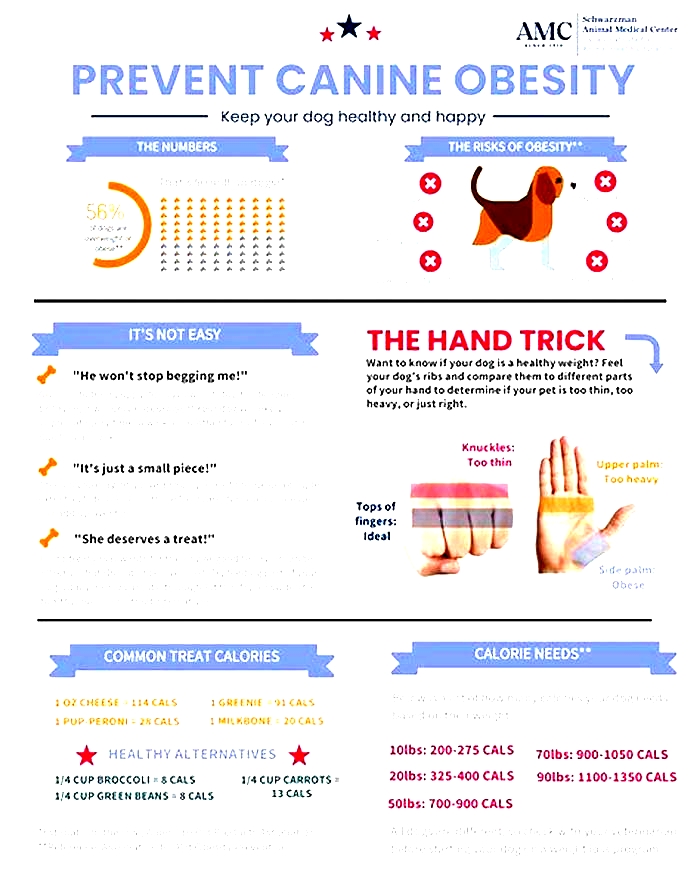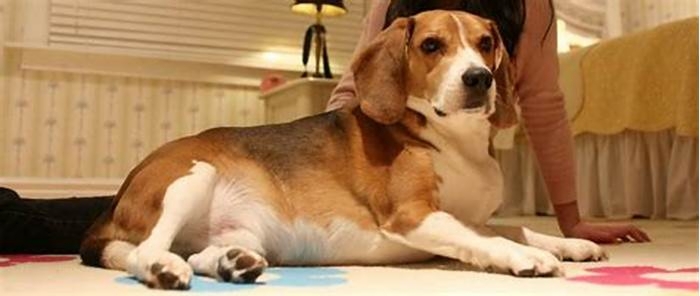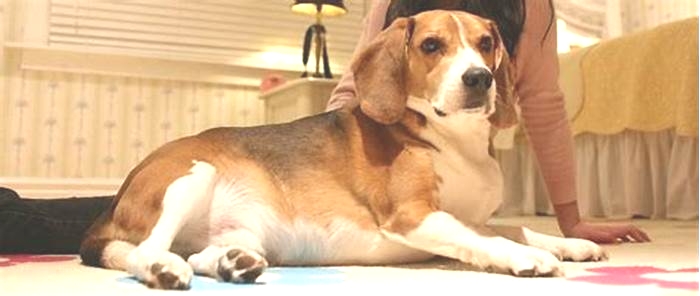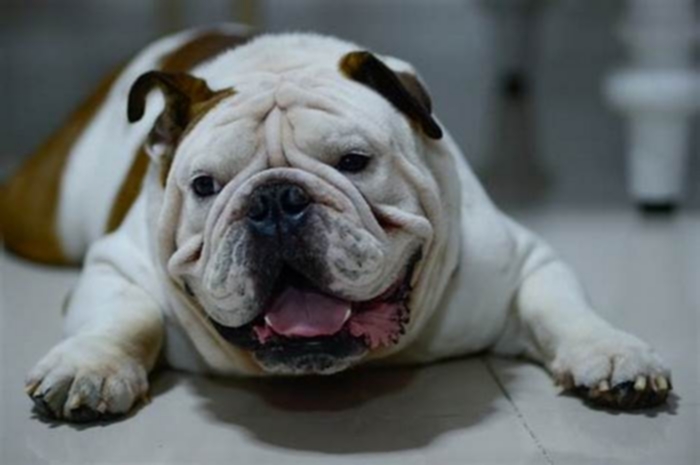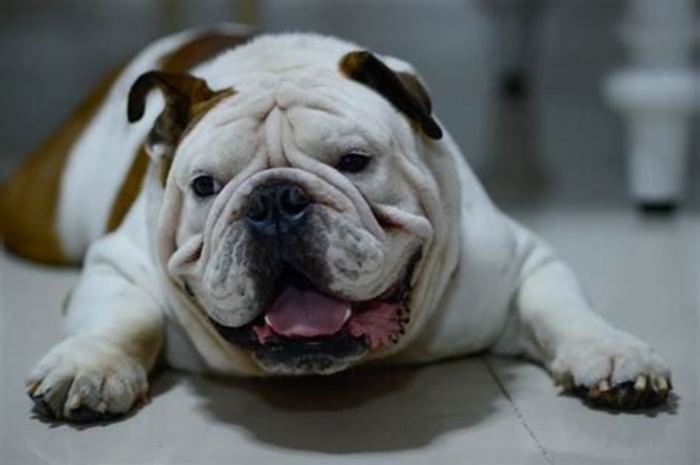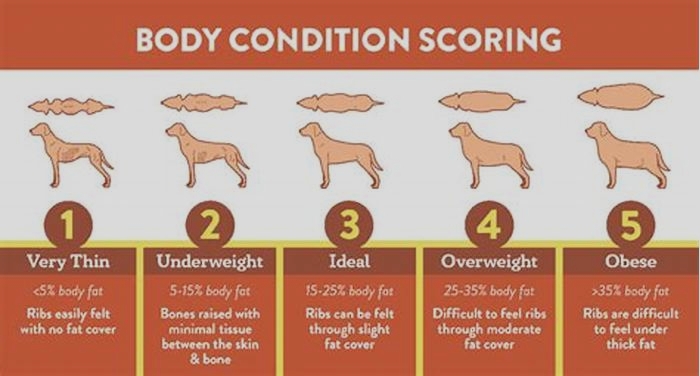What food causes obesity in dogs
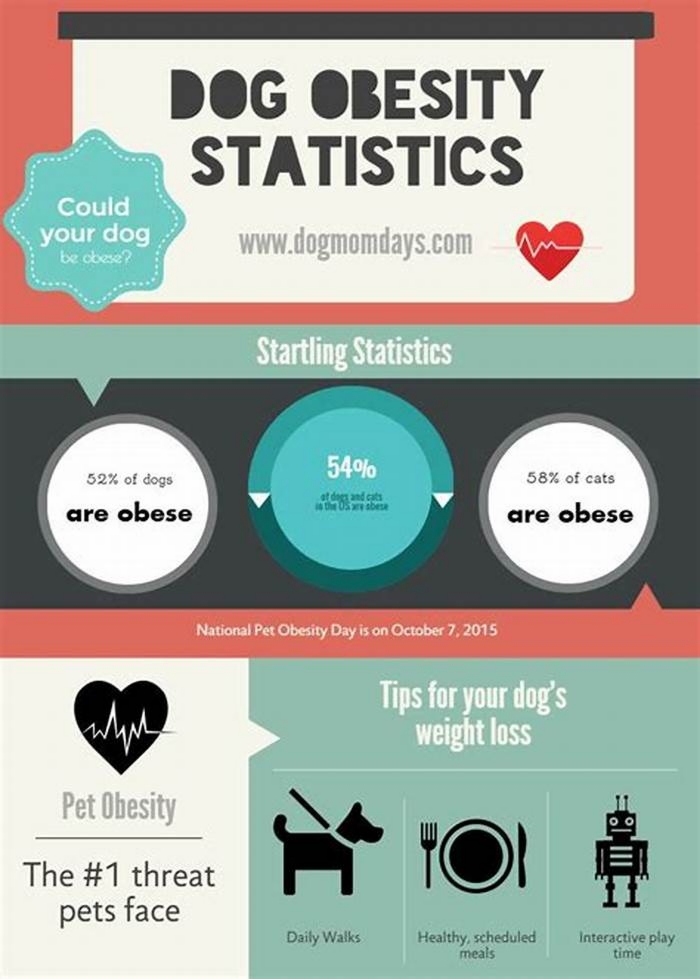
Obesity
A common problem in dogs
Obesity, or excessive body fat resulting in an overweight condition, is sadly an extremely common and preventable problem affecting our pets, with more and more cases seen every year. In fact, canine obesity is the most common nutritional disorder seen in dogs. As with humans, it's caused by an imbalance of taking in more energy than giving out.
How to know if your dog is overweight
Signs your dog is overweight include:
- owners struggling to see or feel their dog's ribs, spine or waistline
- abdominal sagging
- a bigger, rounder face
- a reluctance to go for walks or lagging behind
- excessive panting
- tiredness
- needing help getting in and out of cars
- a refusal to move or play games
Problems associated with obesity
Vets see these problems all too often, with obese pets posing greater risks from anaesthetic and surgical complications, heat or exercise intolerance, complications from cardio-respiratory disorders, hormone problems, skin disease, cancer and urogenital disorders even early death. Canine obesity may even contribute to tracheal collapse and laryngeal paralysis too.
Common canine problems suffered as a result of obesity include:
- Diabetes - where the pancreas fails to secrete enough insulin in order to regulate blood glucose levels
- Heart disease - caused by high cholesterol levels
- Arthritis - directly affecting mobility, making it even harder for your pet to lose weight
The dangers of fat
Until fairly recently, fatty tissue was thought to be just a relatively lifeless energy store and insulator; but we now know it secretes hormones affecting appetite, inflammation, insulin sensitivity and bodily function, as well as influencing water balance and blood pressure, leading to kidney disease and high blood pressure.
Factors contributing to canine obesity
Excess energy is stored primarily as fat but many other factors also contribute to canine obesity including age, sex, reproductive status, inactivity, owner's decisions on dog's food intake, diet and palatability, environment, lifestyle, and any underlying disease that impairs exercise and results in excessive weight gain. Some breeds appear to have a higher incidence of obesity, indicating that genetics may play a major part, with unneutered adult dogs often weighing less than neutered dogs of the same breed too.
Neutering
Neutering is usually carried out at a young age - the same time as a natural decrease in growth and energy needs. Oestrogen also slows down fat production, with predictably decreased levels post spaying, so owners who are unaware of this change and continue to feed their pets the same amount of food will usually see a weight gain in their dog.
Age
Like us, ageing dogs become less active, needing less daily energy too. So it's no surprise that if food intake is not decreased proportionately, they can easily pile on the pounds.
Table scraps
Feeding table scraps and other fatty treats may encourage many pets to overeat and gain excessive weight. In some adult dogs, up to half the calories they need are supplied as human food, particularly in toy breeds.
Not measuring out food
Surprisingly, some owners are still unsure about how much to feed their dog, failing to measure food accurately, and sometimes in denial about how much they feed. The size of cup used to measure dry food and the size of bowl used for feeding also affect the amount of food fed to a dog; with owners given a large cup and bowl often providing more food than when a small cup and bowl are used.
Eating with other dogs
The social setting of meals can also influence eating behaviour, with most dogs increasing their food intake when eating alongside other pets in what's known as 'social facilitation'. That said, being an 'only dog' has also been associated with the risk of obesity, which is probably due to being spoilt rotten by its owners.
Ways to prevent obesity
If your dog is overweight, then carefully start changing their feeding habits by:
- increasing exercise (e.g. taking more frequent or longer walks, or taking up a canine activity such as agility or flyball)
- looking at the type of food they eat, as well as their intake:
- create a feeding plan
- incorporate regular visits to your vet for weight loss advice and to have free weight checks
- record your success
Diet
Diets rich in protein and fibre but low in fat are typically recommended for weight loss, as it gives the dog the feeling of being full, but also provides them with more energy. Replacing traditional treats with carrot sticks is a great, healthy way to start. Ensure every family member is given their own pet feeding instructions and never leave any food lying around.
When to feed
Divide your dog's daily amount into several meals and try not to feed them too late, as they won't burn many calories when sleeping.
New foods
Remember, when introducing a new food, do it gradually over a seven-day period, mixing new food with the old, and always check the daily recommended amount.
Don't give scraps
Avoid feeding any leftovers or scraps from the table.Always check the daily recommended feeding guide on the packaging and weigh out the daily amount at the beginning of the day. You can then give 'treats' from this amount during the day, so you don't overfeed.
Speak to your vet
When your animal starts to lose weight, you will notice they are happier, more inclined to exercise, and have a lot more energy. So don't hesitate to book an appointment with your vet for advice and a healthy eating plan to help your dog battle the bulge.
Article author
This article was written byMarc Abraham, a vet based in Brighton who regularly appears on UK television.
Think your dog may be affected?
If you're worried about your dog's health, always contact your vetimmediately!
We are not a veterinary organisation and so we can't give veterinary advice, but if you're worried about any of the issues raised in this article, please contact your local vet practice for further information.
Find a vet near you
If you're looking for a vet practice near you, why not visit the Royal College of Veterinary Surgeons'Find a vetpage.
Obesity in dogs
How to help your dog lose weight
Weight loss plans should be individual to your dog, so it is best to speak to your vet practice for help if you would like your dog to lose weight. Plans will generally consist of changing their diet and making sure they are getting enough exercise.
Diet The best option for many dogs will be a special weight reduction food which has the correct levels of fat, protein, and nutrients to support weight loss whilst helping your dog to not get too hungry. You should measure the amount of food carefully. Your vet or vet nurse can help you work out how much you should be giving to your dog. You should also restrict the amount of treats you give your dog. Read our advice on what to feed your dog and visit our Weigh Up page for more information.
Exercise Alongside a change in diet, you should make sure that your dog is getting enough exercise. The amount of exercise your dog needs depends on their age, breed, and health. Read our advice on how much exercise your dog needs and visit our Weigh Up page for more information.
Monitoring Weight loss in dogs is more successful when you have regular weigh-ins. Many vet practices offer weight clinics and have scales in their waiting room that you can use without an appointment. You should continue monitoring your dogs weight regularly, even after they get to their ideal weight as this will help to keep them at their ideal size. Check out our video on how to weigh your dog at home.
Obesity in Dogs
What is Obesity in Dogs?
Obesity can be defined as an excess accumulation of body fat that contributes to disease. Dogs that weigh at least 10% above their ideal body weight are considered overweight, while dogs weighing 20% more than ideal are considered obese. Excess body weight can be a contributing factor in many diseases.
What are the risks associated with obesity in dogs?
Up to 65% of dogs in the United States are considered overweight or obese. Obesity can contribute to many conditions in dogs, including:
Arthritis
Pancreatitis
Kidney disease
Respiratory compromise
Decreased exercise and heat tolerance
Increased risk of cardiovascular disease
Abnormal response to insulin
Increased anesthetic risk
Decreased quality of life
Showing love by showering your dog with treats may actually result in a shortened lifespan and decreased quality of life if the excess calories result in obesity.
Symptoms of Obesity in Dogs
Signs of obesity include:
Weight gain
Less energy than usual
Decreased exercise tolerance
A collar or harness that seems tighter than it used to be
Being unable to feel the ribs, or seeing a waistline (a small tuck in the belly right in front of the hind legs)
Causes of Obesity in Dogs
The most obvious cause of obesity in dogs is overfeeding, which can include the dogs regular wet or dry food, treats designed for dogs, and table scraps or human foods. Inadequate exercise can also lead to your dog becoming overweight. There are some medical conditions that cause obesity, including hypothyroidism and hyperadrenocorticism, also known as Cushings disease.
In addition, certain dog breeds can be predisposed to obesity, including:
Is My Dog Overweight?
If you suspect your dog may be overweight, schedule a weight check and examination with your veterinarian. If there seems to be excess padding over your dogs ribs or you are unable to see a slight tuck-up just in front of the hind legs, chances are good that your dog is carrying excess weight.
How Veterinarians Diagnose Obesity in Dogs
Your veterinarian can obtain your dogs weight and look for trends over time indicating weight gain or loss. A measurement called body condition scoring can also be done.
The two most commonly used body condition scores are a five-point scale (where three is considered ideal) and a nine-point scale (where four to five is considered ideal). Your dog should have an hourglass shape when viewed from above if he is at his ideal body weight.
Your veterinarian may also run some lab work to check for any underlying conditions that may be contributing to weight gain, such as hypothyroidism or Cushings disease. If the weight gain has been very sudden, your veterinarian may also recommend x-rays to check for fluid or masses in the abdomen.
Treatment of Obesity in Dogs
The basic components for treating obesity are exercise and dietary changes. Depending on the severity of obesity and current fitness level, increasing the amount of your dogs daily exercise may need to be done gradually. In general, most dogs can safely exercise for 15-30 minutes per day to start. The duration and intensity can be slowly increased as your dog loses weight and becomes more fit. A simple walk is feasible for most families, but exercise can also include playing fetch indoors or outdoors, swimming, and running. If your dog is older, you may need to do shorter exercise sessions.
Dietary changes should be made with the guidance of your dogs veterinary team. The reduction or elimination of extras like treats and table scraps will be helpful, and a change in type and/or amount of food is often needed. There are many weight loss diets available, and some require a prescription from your veterinarian.
A good goal is weight loss of 1-2% of body weight per week, ideally reducing body fat stores while maintaining lean body tissue. While most dog foods give feeding amount recommendations, these are only guidelines, and individual dogs may need more or less than recommended to maintain ideal body condition. Meal feeding (instead of free choice) is often helpful in controlling caloric intake. It is also important to use a measuring cup to ensure consistent feeding of the appropriate amount of food.
Instead of eliminating treats completely, you may opt to switch to baby carrots, frozen green beans, pumpkin, or lower-calorie dog treats if your veterinarian agrees that these are good options for your dog.
Medications are not typically needed to treat obesity unless your dog has hypothyroidism or Cushings disease, in which case regular exams and lab tests will help determine the appropriate type and dose of medication.
Recovery and Management of Obesity in Dogs
Once your dog has reached his ideal weight, your veterinarian may recommend transitioning to a maintenance diet. It is important to continue regular exercise and limit extra treats and snacks.
Of course, preventing obesity before it even happens would be ideal. This can be achieved by two or three meals per day instead of always having food available, avoiding excessive treats, and ensuring that your dog gets regular exercise. Exercise is not just good for your dogits good for humans and offers physical and emotional benefits for all involved.
While it takes effort to prevent or correct obesity, the benefits of a longer and healthier life are well worth it for you and your dog
References
- Tilley L, Smith F, Sleeper M, Brainard B. Blackwells Five-Minute Veterinary Consult: Canine and Feline. Wiley-Blackwell. Seventh edition; 2021
Featured Image: iStock.com/vadimmmus
- Tilley L, Smith F, Sleeper M, Brainard B. Blackwells Five-Minute Veterinary Consult: Canine and Feline. Wiley-Blackwell. Seventh edition; 2021
Featured Image: iStock.com/vadimmmus
WRITTEN BY
Jennifer Grota, DVMVeterinarian
Dr. Grota decided at an early age that she wanted to be a veterinarian. A native of Indiana, she grew up in a home where animals were...


